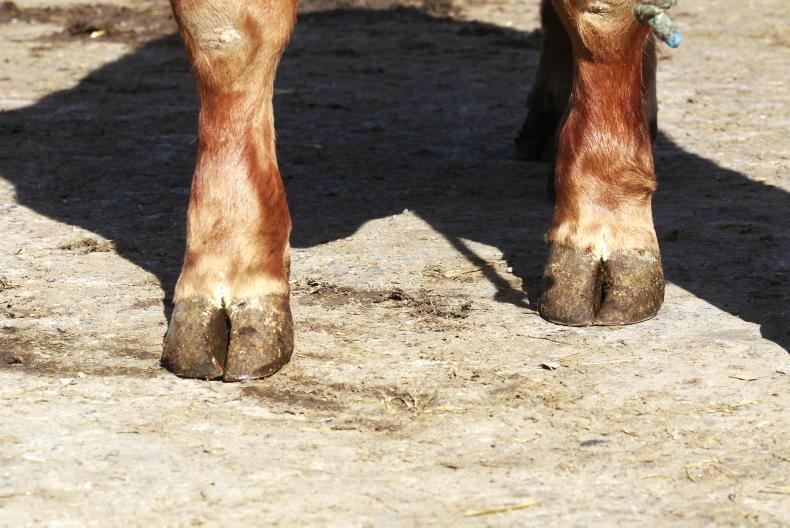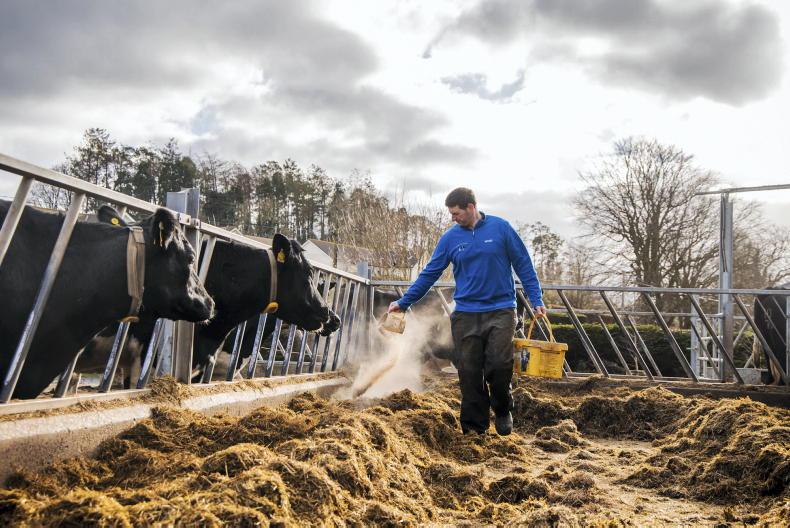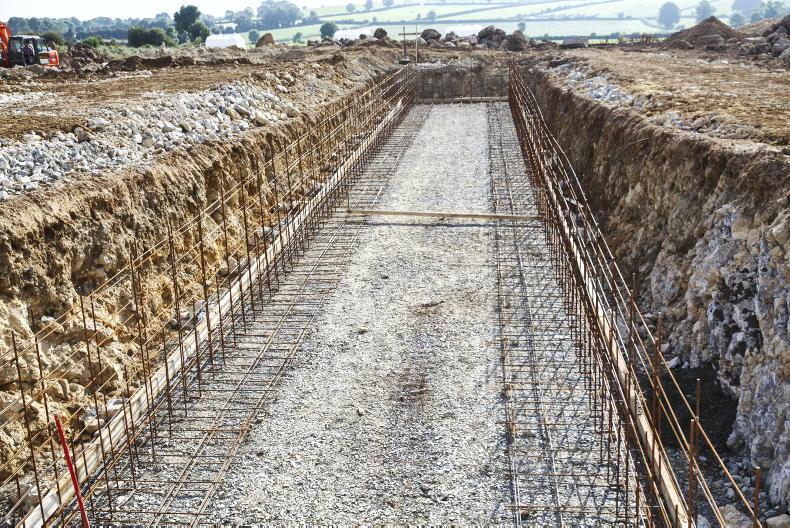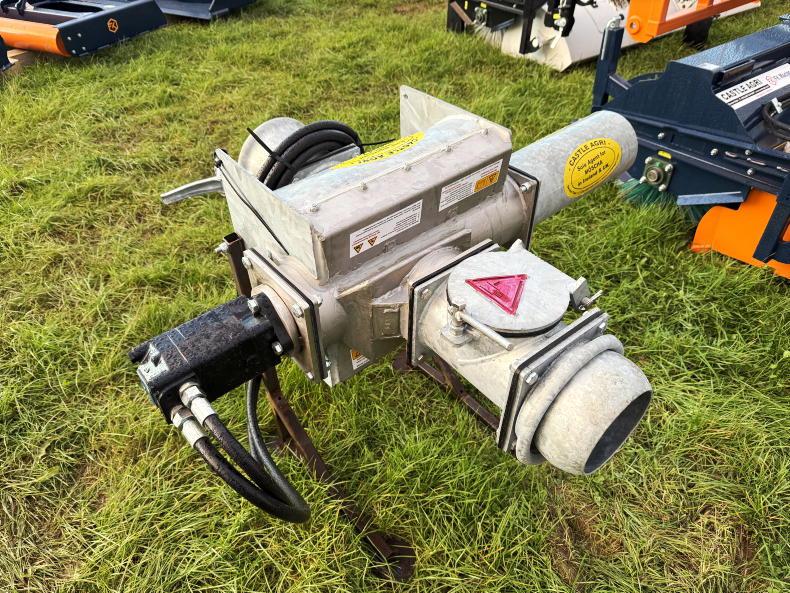It is easy to be a good farmer when the weather is favourable, but as John Egerton notes on the back page, when conditions are difficult, it is just a matter of getting through, trying to minimise damage and remembering that better times lie ahead.
Farming can be a very lonely occupation at times. However, it is always the case that if you are struggling with wet weather, your neighbours are in exactly the same position. There is often a strange comfort that can be gained from just talking to other farmers.
Dry weather also brings various challenges, and grass quality has declined rapidly in recent days, especially where swards have not been well grazed this past spring.
However, the last week has ensured lots of high dry matter silage has been made. Normally the thought process now turns to slurry, which at this time of the year is best spread on freshly cut ground.
Slurry
Given that a cut of silage removes significant quantities of potassium, getting slurry back on to this land is important if nutrient status is to be maintained, and artificial fertiliser input minimised.
But advice would be to avoid spreading in hot conditions for fear of higher nitrogen loss in the form of ammonia.
One potential way of limiting ammonia loss is to use low-emission slurry spreading equipment such as a trailing shoe or dribble bar. However, that also comes with considerable risk at this time of the year.
Unless slurry is extremely thin, the lines of slurry will quickly dry out, and ultimately this caked material will end up in the silage pit along with a second cut.
Alternatively, you could wait until rain is coming, but that brings the risk of run-off into waterways of nutrients from very dry ground.
Taking everything together, perhaps a fairly light coat of slurry using a splash plate might actually be the best course of action at present.
Sometimes farming by the book is just not possible. Thankfully, DAERA hasn’t banned the splash plate just yet.
Read more
UFU rejects splash plate ban proposal
It is easy to be a good farmer when the weather is favourable, but as John Egerton notes on the back page, when conditions are difficult, it is just a matter of getting through, trying to minimise damage and remembering that better times lie ahead.
Farming can be a very lonely occupation at times. However, it is always the case that if you are struggling with wet weather, your neighbours are in exactly the same position. There is often a strange comfort that can be gained from just talking to other farmers.
Dry weather also brings various challenges, and grass quality has declined rapidly in recent days, especially where swards have not been well grazed this past spring.
However, the last week has ensured lots of high dry matter silage has been made. Normally the thought process now turns to slurry, which at this time of the year is best spread on freshly cut ground.
Slurry
Given that a cut of silage removes significant quantities of potassium, getting slurry back on to this land is important if nutrient status is to be maintained, and artificial fertiliser input minimised.
But advice would be to avoid spreading in hot conditions for fear of higher nitrogen loss in the form of ammonia.
One potential way of limiting ammonia loss is to use low-emission slurry spreading equipment such as a trailing shoe or dribble bar. However, that also comes with considerable risk at this time of the year.
Unless slurry is extremely thin, the lines of slurry will quickly dry out, and ultimately this caked material will end up in the silage pit along with a second cut.
Alternatively, you could wait until rain is coming, but that brings the risk of run-off into waterways of nutrients from very dry ground.
Taking everything together, perhaps a fairly light coat of slurry using a splash plate might actually be the best course of action at present.
Sometimes farming by the book is just not possible. Thankfully, DAERA hasn’t banned the splash plate just yet.
Read more
UFU rejects splash plate ban proposal










SHARING OPTIONS